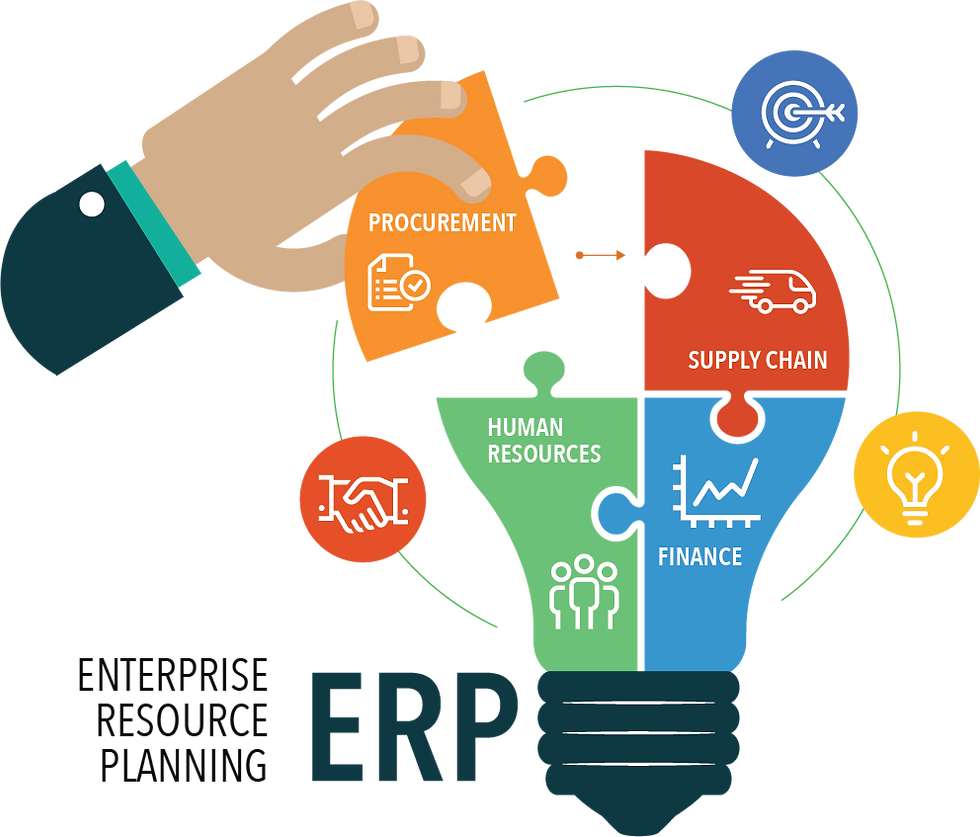Streamlining Higher Education: The Power of University Management Software
- solutionscakiweb
- Oct 27, 2023
- 3 min read
Introduction
In the ever-evolving landscape of higher education, universities and colleges face multifaceted challenges in managing their operations efficiently. To address these challenges, many institutions have turned to technology solutions, with one of the most impactful being University Management Software. This versatile and comprehensive tool is revolutionizing the way academic institutions manage their administrative and academic processes, providing a host of benefits for students, faculty, and administrators alike.
What is University Management Software?
University Management Software, commonly known as UMS(University Management Software), is an integrated software solution designed to streamline and automate various administrative and academic processes within higher education institutions. It brings together various functionalities, including student information management, course scheduling, admissions, financial management, and more, into a single, user-friendly platform. The primary goal of UMS is to enhance efficiency, reduce administrative overhead, and improve the overall student experience.
A cloud-based university management system is an ERP solution that enables streamlining of all university operations and the automation of tasks. It includes fee management, admissions, payroll, curriculum management, exam management, online evaluation, classroom training, and others.
Key Features and Benefits
a. Student Information Management:
UMS allows for the efficient management of student records, including personal information, academic history, and attendance records.
It provides real-time access to student data, enabling quick responses to academic and administrative inquiries.
b. Course Management:
Facilitates course scheduling and registration, ensuring students can easily access and select courses.
Monitors class sizes, prerequisites, and faculty assignments for optimal course management.
c. Admissions and Enrollment:
Simplifies the admissions process, from application submission to enrollment.

Automates document collection, application review, and acceptance notifications, reducing paperwork and improving communication.
d. Financial Management:
Manages tuition payments, financial aid, and fee collection efficiently.
Provides detailed financial reports and analytics for budget planning.
e. Academic Progress Tracking:
Enables faculty to input grades, track student progress, and generate reports seamlessly.
Allows students to access their grades and academic standing in real time.
f. Communication and Collaboration:
Enhances communication between students, faculty, and administrators through integrated messaging and notifications.
Facilitates collaboration among different departments and staff members.
Improving Student Experience
University Management Software significantly contributes to a positive student experience.
Here’s how:
a. Self-Service Options:
Students can access their academic records, course schedules, and financial information through a user-friendly portal, reducing the need for in-person inquiries.
b. Timely Access to Information:
Students can receive important notifications, such as exam schedules, assignment due dates, and financial aid updates, in a timely manner.
c. Efficient Registration:
Streamlined course registration processes make it easier for students to enroll in the courses they need, reducing scheduling conflicts.
Enhanced Administrative Efficiency
UMS simplifies the administrative tasks that universities face, reducing paperwork, manual data entry, and the risk of errors. This improved efficiency benefits not only students but also faculty and administrative staff. The software allows staff to dedicate more time to critical tasks, such as student support and strategic planning.
Scalability and Adaptability
University Management Software is highly adaptable and can be customized to meet the unique needs of each institution. Whether you’re a small college or a large university, UMS can be scaled to accommodate your requirements.
Security and Data Protection
Protecting sensitive student and institutional data is paramount. UMS systems include robust security features to safeguard information, preventing data breaches and unauthorized access.
Conclusion
University Management Software is a game-changer in the higher education landscape, offering a wide array of features that enhance the student experience, streamline administrative tasks, and improve overall operational efficiency. By implementing UMS, universities, and colleges can focus on what matters most: providing high-quality education while minimizing the administrative burdens that often come with it. In a world where efficiency and technology are key drivers of success, UMS has become an essential tool for modern academia.



Comments